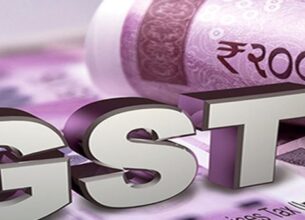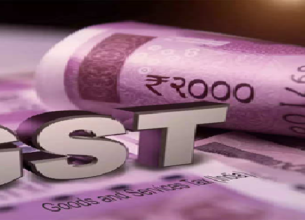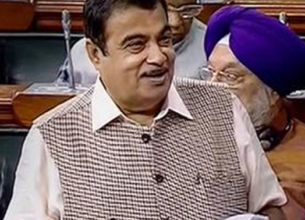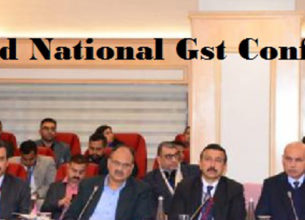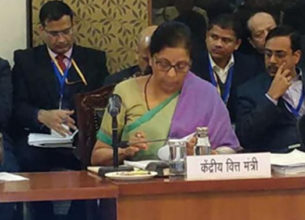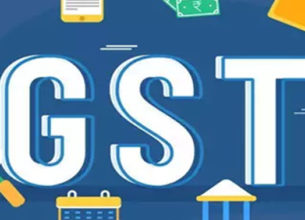GST BUOYANCY
04, May 2019

Prelims level : Economics
Mains level : Technology, Economic Development, Bio diversity, Environment, Security and Disaster Management
Why in News
- GST collections hit a record high, the next step should be to simplify the tax regime
Details:
- The GST inflows of ₹1,13,865 crore in April are the
- highest recorded since the tax regime was introduced in July 2017
- They represent an increase of over 10% compared to the same month a year ago
- GST revenues have crossed the ₹1 lakh crore mark Healthier GST collections, if sustained, will also mean less pressure on the Centre to cover its fiscal deficit. In the absence of more disaggregated data, it could be argued that tax rate cuts by the GST Council in December too may have spurred higher volumes for some goods and services. The rush to pay tax arrears at the end of the financial year may have been another seasonal factor contributing to better tax collection
GST
- It is a destination-based taxation system.
- It has been established by the 101st Constitutional Amendment Act.
- It is an indirect tax for the whole country on the lines of “One Nation One Tax” to make India a unified market. It is a single tax on supply of Goods and Services in its entire product cycle or life cycle i.e. from manufacturer to the consumer.
- There is a provision of GST Council to decide upon any matter related to GST whose chairman in the finance minister of India.
GST Council
- It is the 1st Federal Institution of India, as per the Finance minister. It will approve all decision related to taxation in the country.
- It consists of Centre, 29 states, Delhi and Puducherry.
- Centre has 1/3rd voting rights and states have 2/3rd voting rights. Decisions are taken after a majority in the council.



